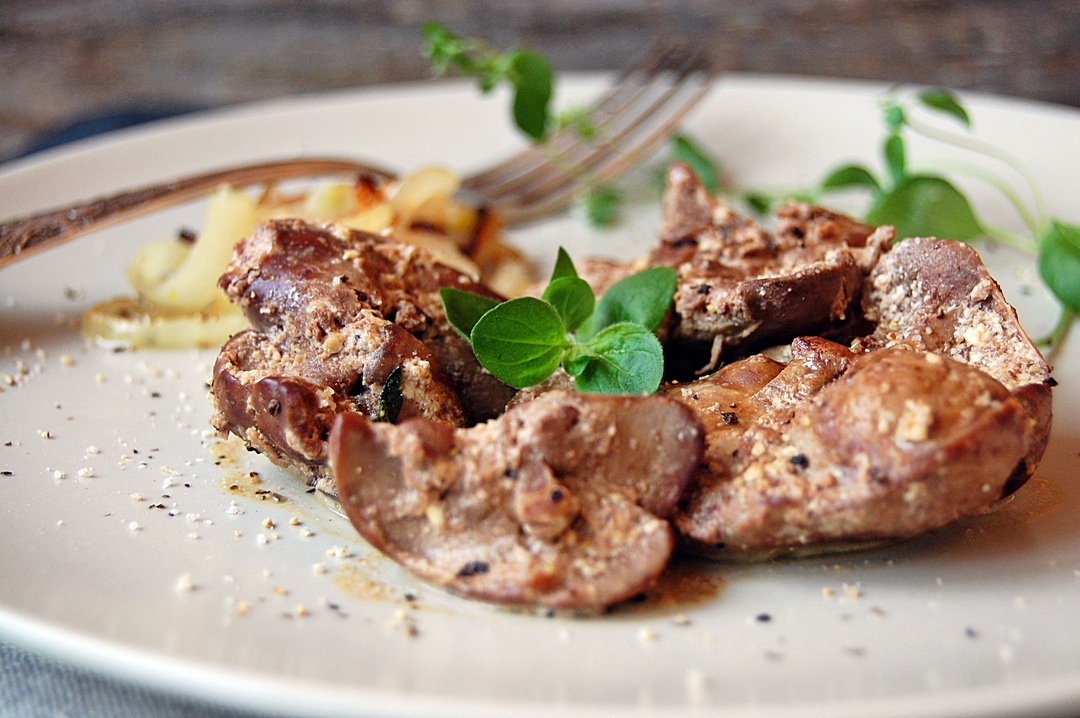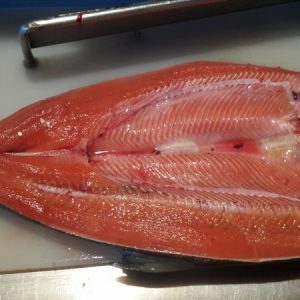The Benefits and Harms of Physalis
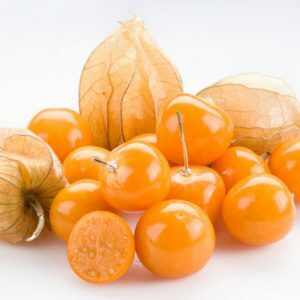
Physalis belongs to the Paslenov family and is the largest of all its representatives.In the people he was given the name "emerald berry" and "earth cranberry", although to the latter this fruit has nothing to do with.Physalis belongs to heat-loving plants, therefore it grows mainly in Central and South America.Also some of its species can be found in Bulgaria, the Caucasus and Central Asia.Appearance physalis resembles a yellow tomato, the fruit is in a kind of cover, which in closed form resembles a paper Chinese lantern.
Interesting! In Russia, the cultivation of edible species is not common, and the most famous representative is the decorative physalis or "Chinese lantern", its fruits are not used for food - they are toxic and poisonous.Other plant species are cultivated only by breeders and botanists.
chemical composition and calorific
Nutritional value of 100 g:
- Calories 32 kcal
- Proteins 1 g
- Fats 1g
- Carbohydrates 8g
- Dietary Fiber 9 g
- Water 63 g
In the composition of edible fruits of the physalis includes a wide range of minerals:
- selenium - useful for thyroid function;
- Manganese - improves immunity;
- copper - participates in the formation of hemoglobin;
- Zinc - improves the metabolism;
- iron - saturates the blood with oxygen;
- phosphorus - the main component of cell membranes in the body;
- sodium - maintains the water-salt balance;
- magnesium - participates in the assimilation of glucose and energy production;
- potassium - is necessary for normal operation of the heart and blood vessels;
- calcium strengthens bones, hair, nails and teeth.
And a rich vitamin complex:
-
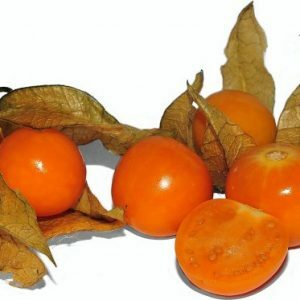 PP( nicotinic acid) - irreplaceable for the work of the nervous system;
PP( nicotinic acid) - irreplaceable for the work of the nervous system; - A( beta-carotene) - strengthens the eyesight;
- C( ascorbic acid) - strengthens the immune system
- K( antihemorrhagic) - improves blood clotting;
- E( tocopherol) - useful for the skin;
- B1( thiamin) - supports the work of the brain;
- B2( riboflavin) - is involved in the metabolism;
- B4( choline) - reduces the level of sugar;
- B5( pantothenic acid) - participates in the work of the kidneys;
- B6( pyridoxine) - prevents aging of the body;
- B9( folic acid) - regulates fat and carbohydrate metabolism.
Useful properties
The berry has diuretic, antibacterial anti-inflammatory properties.Regular inclusion in the diet of this fruit contributes to the natural regeneration of cells, skin rejuvenation.The positive effect of physalysis on the work of the cardiovascular system was also noted.Moreover, many medications for the treatment of tachycardia, hypertension and the post-infarction state contain the extract of this berry.
Helps physalis and in the treatment of :
-
 parodontosis, stomatitis;
parodontosis, stomatitis; - of nervous disorders;
- headaches;
- of dermatoses;
- of intestinal diseases;
- diseases of the liver and gallbladder;
- menstrual irregularities in women;
- of diabetes mellitus and epilepsy.
After carrying out researches of fizalis fruits, scientists have proved that they contain cancer cells.As a result, the use of this product will be useful for the prevention of cancer, as well as to alleviate the condition of those already ill with this dangerous disease.
Important! In pregnancy, eating natural berries is possible in case of excessive puffiness - due to diuretic properties, the product will remove the liquid from the body.However, while it is able to reduce blood pressure and cause allergies, it is better to consult a doctor.
Contraindications
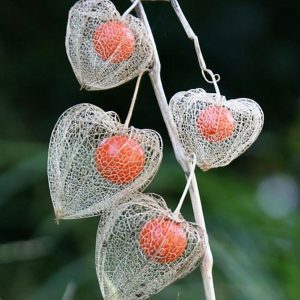 Abuse of fruits can lead to allergic reactions in the form of rashes, itching and swelling.Also it is not recommended to eat physalis for people with low blood pressure.With increased - also with caution.Since drugs that stabilize the pressure, in combination with physalysis can cause sudden changes and jumps.
Abuse of fruits can lead to allergic reactions in the form of rashes, itching and swelling.Also it is not recommended to eat physalis for people with low blood pressure.With increased - also with caution.Since drugs that stabilize the pressure, in combination with physalysis can cause sudden changes and jumps.
Fetus is dangerous for coffeemakers - in combination with caffeine, it can cause headaches, tachycardia and vascular disturbances.People with high acidity are advised to try physalis with caution, not to abuse, in order to avoid exacerbations and relapses.
Important! The case covers contain toxic alkaloids and non-woven fleece.Of these, make a decoction, but use only externally for the treatment of muscle strains and skin diseases.
Application and useful advices
Fruits, leaves and roots of the physalis have become widespread in folk medicine. Here are a few interesting and useful recipes.Decoction of cystitis.
- .Piece 20 dried berries you need to pour 0.5 liters of water and cook over low heat for 15 minutes.Strain, consume 50 ml 4 times a day.
- Remedy for dermatitis.Fruits of physalis must be burned until ash is obtained and mixed with vegetable oil.Apply 2 - 3 times a day.
- Ointment for wound healing.Fruit the grind, measure 10 grams and mix with olive oil.Infuse 3 weeks, then strain it on a sterile bandage and apply to the affected area.
- Juice from sore throat and laryngitis.Squeeze juice from fresh fruits( or chop their mush).Bring to a boil and add the milk.Give the patient to 5 times a day for 2 - 3 tablespoons.Duration of admission - no more than 5 days.
All these recipes are not a panacea for the described diseases.They will only help alleviate the condition of the patient.In any case, a doctor's consultation and medication are necessary.

